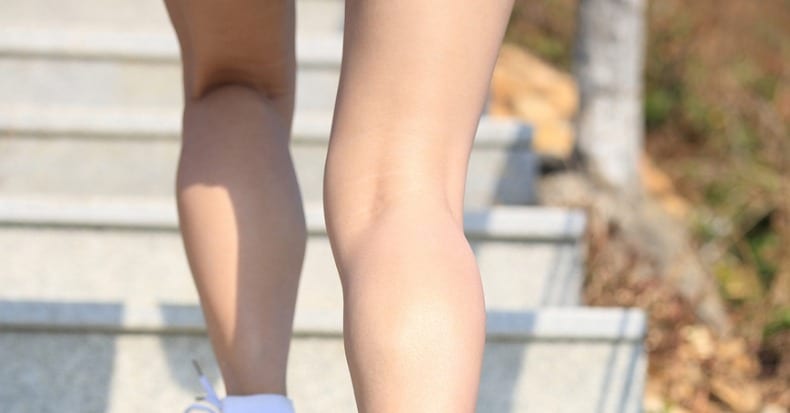A Baker’s cyst is a swelling located in the back of the knee that can be either asymptomatic or bothersome, especially when bending the knee. Researchers estimate that up to 94% of popliteal (back of the knee) cysts are associated with an intra-articular disorder, most commonly meniscus (“cartilage”) tears, as well as osteoarthritis, inflammatory arthritis (like rheumatoid), and ACL tears.
In about 50% of healthy adult knees, there is a valvular opening located high on the inside of the knee joint that connects the joint capsule to a bursa (a fluid filled sac that functions to lubricate muscle attachments). It is thought that when there is an effusion or swelling inside the knee joint, the excess fluid flows one way to the inner knee joint bursa (called “pes anserine bursitis), which reduces pressure from inside the joint. Although there are other causes of popliteal cysts, this is the most common.
So, what can chiropractors do for the patient with a Baker’s cyst? Chiropractic management includes both passive and active care approaches that focus on the knee joint and surrounding soft tissues to help reduce pain and swelling and improving function, as well as home exercise instruction to maintain the health of the knee joint. Such exercise recommendations can include the following:
- Standing calf stretch: stand upright grasping a chair or wall for balance; step back with the involved leg and flatten the heel to the floor with toes pointing as straight as comfortably possible; slowly straighten the bent knee until you feel a firm stretch behind your knee; hold for five to ten seconds and repeat five to ten times or until the muscle feels less tight; repeat on the opposite leg.
- Heel lift: sit with your feet flat on the floor with your knees bent 90°, lift one heel keeping the ball of the foot on the floor; push down on the knee and slowly lower the heel to its starting position; repeat ten times as tolerated and switch sides, gradually increasing reps and sets, as tolerated.
- Sitting hamstring stretch: sit on the ground with one leg straight out, keeping the heel on the floor; bend the ankle and bring your toes toward you; arch your low back until you feel a strong stretch in the back of the thigh and knee; lean forward as tolerated for a greater stretch; repeat five to ten times with a three to five second hold, as tolerated.
- Heel Slides: lie on your back, legs straight; slowly bend one knee while sliding the heel toward your buttocks; repeat five to ten times, as tolerated, and repeat on the opposite side.
- Wall squats: stand with your back against a wall and slide down slowly, keeping the toes well in front of the knees; only squat down as far as you can; repeat five to ten times, as tolerated.
- Side-steps: place a loop or resistance band around your ankles; partially bend the knees; step sideways, alternating between the left and right foot, stepping wide enough to always keep tension on the band.
Your doctor of chiropractic can train you in these exercises and provide care to address any musculoskeletal issues that may contribute to your knee pain.
Thousands of Doctors of Chiropractic across the United States and Canada have taken "The ChiroTrust Pledge":
“To the best of my ability, I agree to
provide my patients convenient, affordable,
and mainstream Chiropractic care.
I will not use unnecessary long-term
treatment plans and/or therapies.”
To locate a Doctor of Chiropractic who has taken The ChiroTrust Pledge, google "The ChiroTrust Pledge" and the name of a town in quotes.
(example: "ChiroTrust Pledge" "Olympia, WA")
Content Courtesy of Chiro-Trust.org. All Rights Reserved.

